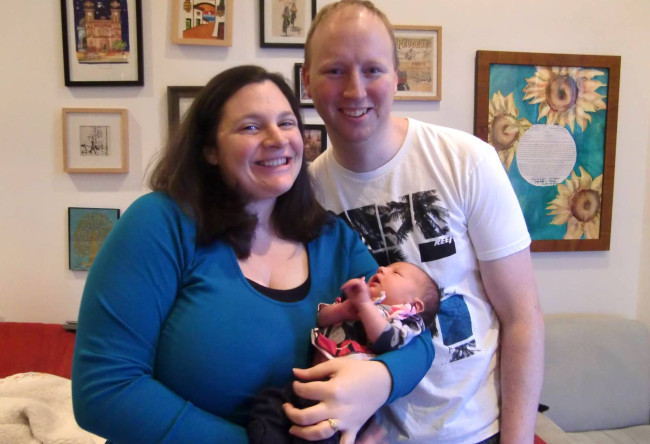Hear me out: A slow elevator in a tall building is as bad as living in a walk-up

"Sometimes I miss the elevator by mere seconds. That means I have to wait as it meanders its way to the top floor and saunters back down," our writer says.
iStock
We recently moved to a 13th floor Manhattan apartment that is bigger and brighter, thanks to south-facing windows that get a lot of light. Of course there is an elevator—a bonus considering we are coming from a walk-up (two flights and a stoop).
But not all elevators work the same way. It took just days to learn that a slow elevator in a tall building is as bad as living in a walk-up. Or, depending on how many stairs, worse.
I did do my homework: I visited twice before we signed the lease and wasn’t thrilled with the sluggish elevator, but it didn’t seem *that* bad. I knew some New Yorkers complain about their slow elevators, but I didn’t know how awful it was to actually live with one. Now I know.
Editor's Note: Brick Underground's Inside Stories features first-person accounts of dramatic, real-life New York City real estate experiences. Have a story to share? Drop us an email. We respect all requests for anonymity.
A slow elevator means lots of waiting
An express trip to or from our 13th floor takes a full 62 seconds—longer if a neighbor enters or exits. And that doesn’t include waiting time. The door takes a full five seconds to close, long enough for me to get restless and press the close button, which does nothing.
Sometimes I miss the elevator by mere seconds. That means I have to wait as it meanders its way to the top floor and saunters back down. Depending on the foot traffic and time of day, there can be a wait for the elevator of two to four minutes. Unless I have a lot to carry, I routinely take the stairs to go down.
I feel trapped. In the walk-up, if I needed to run to the deli or mailbox, I would bound down and back. If I had heavy groceries or laundry, I would leave one bundle in the lobby and take a second trip upstairs. I routinely went down to the stoop to shake out our rugs.
But on the 13th floor with the dreaded slow elevator, I do what I can to avoid going in and out. I started combining trips. Once I was in, I was in for the night. If I forgot my umbrella, I got wet.
It’s illegal to shake rugs out the window, so I vacuum more frequently.
Lining up for the elevator like rush hour
I started asking people about their elevators. Others have it even worse. Of course, rush hours are the biggest problem. Some people actually have to line up to board their elevator and then cram in subway-style, though this activity was curtailed during the pandemic exodus. Or they have to factor in extra minutes for their commute. Sometimes a playful kid would push all the buttons for fun. Just. Like. A. Sabbath. Elevator.
I heard about trouble with luggage, bicycles or walkers, which can consume space and make for an even longer wait. Parents with twins in a double stroller? Sometimes they must split up and ascend separately, greatly increasing their vertical travel time. While their neighbors wait.
Of course, an elevator is good to have when moving, even just one flight up. But how often do you move—once every few years? And how often do you go in and out of your apartment—a few times daily?
How to deal with slowpoke elevator
People with infuriatingly slow elevators often have workarounds. Like me, they ride up but walk down. I find myself resenting neighbors on very low floors who take the down elevator, causing an extra and unnecessary elevator stop.
Boredom is a problem with slow elevators. These days, people amuse themselves with their phones, of course. Elevator lore includes a creative response to people getting bored and impatient while waiting for a slow elevator in a big Manhattan office building: The solution turned out to be mirrors in the waiting area—presumably because looking in the mirror gave people something to do, and occupied time moves more quickly than unoccupied time.
Because of the slow elevator, the building’s other great amenity, laundry in the building, has lost its appeal. Doing the laundry requires multiple trips to the basement in that s-l-o-w elevator. The laundry room is small, so if the few machines are broken or in use, doing laundry is even more burdensome, requiring even more annoying elevator trips.
My hatred of the slow elevator eclipses any benefit of the new apartment. The sun, the view, the counter space—all are negated because I hate the elevator so much.
The only real benefit I can surmise: The elevator helps with getting to know your neighbors. Not only does it give you plenty of time to chat with them—it is a natural conversation starter. At the very least, we can commiserate about the elevator’s slowness.
You Might Also Like


























